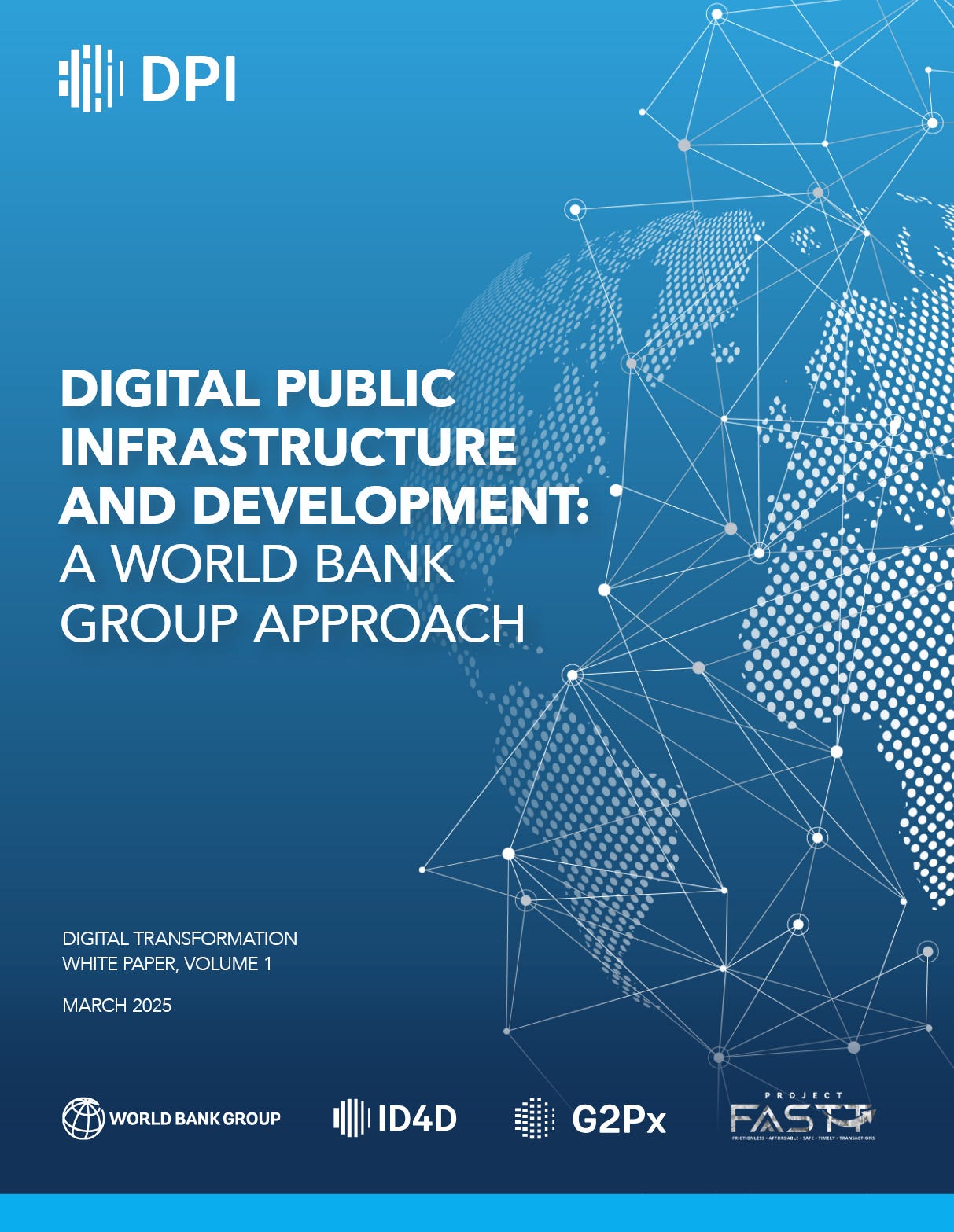Digital Public Infrastructure
An overview of the deep foundation beneath Digital ID
On Saturday, 1st November 2025, in Princes Street Gardens, Edinburgh, I gave the following short speech to a gallant group of activists campaigning against digital ID. It examines the alarming agenda to integrate data on banking, payments, earnings, and taxation, together with medical records, personal information, and behavioural histories, into a single government database. This information is then to be exploited by both the state and private sectors. It will be used to make important judgments concerning each one of us. You see, digital identification is merely the first step; a first step on the highway to hell.
Welcome to the Babylon of the North
Ladies and Gentlemen, welcome to Edinburgh, the Babylon of the North.
In the Gospel of John, our saviour said to the faithful
And ye shall know the truth, and the truth shall make you free.
We were created to be free, but we are in chains. The chains are formed from lies and from sin.
You are told that you must rebel against injustice, but that too is a deception. The system that enslaves you is itself a rebellion. A rebellion against the Most High – Almighty God. The system claims to have authority over you. Tighter and tighter the serpent squeezes, removing the breath of life, removing the joy of living.
And it is just getting started.
The Organisation for Economic Co-operation and Development
Digital ID is just a small part of the tyranny that is coming under the name of DPI: Digital Public Infrastructure.
I will quote from the Organisation for Economic Co-operation and Development’s public governance policy paper no. 68, titled:
Digital Public Infrastructure for Digital Governments.
This explores Digital Public Infrastructure (DPI), which it defines as shared digital systems that are secure and interoperable and that can support the inclusive delivery of, and access to, public and private services across society. These DPI systems act as common digital building blocks that underpin government processes and services and enable digital government transformation at scale.
The OECD advises governments to “adopt a strategic framework to effectively govern and manage the country’s DPI”.
They outline this as covering a wide range of interdependent systems, including:
· digital identity,
· digital payments,
· core data registries,
· data-sharing systems,
· digital notifications,
· digital post, and
· single digital gateways
The World Bank
The World Bank also has a role. In their document Digital Public Infrastructure and Development: A World Bank Group Approach, they say:
DPI is an approach to digitalisation focused on creating “foundational, digital building blocks designed for the public benefit.”
The building blocks are digital identity, e-signatures, a digital payments system, and data-sharing. They outline their envisaged scope as follows
• Government-to-person (G2P) payments: Faster, more efficient, and inclusive delivery of social benefits, reducing costs and leakages.
• Financial inclusion: Increased access to financial services, particularly for marginalised populations, through reduced costs and improved accessibility.
• Health: Improved healthcare delivery, disease surveillance, and public health interventions through interoperable health information systems and secure payments.
• Agriculture: Enhanced access to services, and data-driven decision-making.
This is the total state and private sector combined – the fascist model. They express this concept as follows:
• Adopting a whole-of-society approach: Fostering collaboration among government agencies, the private sector, CSOs, and other stakeholders. This includes establishing clear roles, responsibilities, and coordination mechanisms.
The Nazis called this gleichschaltung, meaning harmonisation.
The Blueprint for a Modern Digital Government in The United Kingdom
In the UK, our Government published their “Blueprint for a modern digital government in January.
The UK government promises many wonderful things:
· Easier lives: delivering transparent, next-generation public services that do the hard work for the public, can be accessed and used by everyone who needs them, and are designed around the user.
· Faster growth: helping businesses start and scale by delivering services that work as well as they do for citizens.
· Firmer foundations: securing public services so they are trustworthy and resilient.
· Smarter organisations: changing how delivery is done to embed the right ways of working, moving at the same pace that people’s lives do, and working as agile, user-centred, multidisciplinary teams by default.
· Higher productivity and efficiency: saving public money, delivering outstanding public services at a price we can afford, and enabling front-line workers to focus on delivery.
.And how will they achieve these wonders? They have six bullet points:
A six-point plan for government digital reform
1. Join up public sector services
2. Harness the power of AI for the public good
3. Strengthen and extend our digital and data public infrastructure
4. Elevate leadership, invest in talent [The German word for this is Fuhrereprinzip]
5. Fund for outcomes, procure for growth and innovation
6. Commit to transparency, drive accountability
An Unexpected Leader
Can you guess which country is leading DPI?
India!
India’s sewage system comprises 70% of urban sewage flowing untreated into rivers and lakes due to inadequate infrastructure. But they lead in DPI.
Fortune Magazine- India has celebrated this. They said:
If you have never taken a loan, you must understand that Digital Public Infrastructure (DPI) plays a vital role. It is changing how lenders evaluate creditworthiness, especially for people who are new to borrowing. “DPI is shifting credit from a collateral-based to a data-driven model, turning 1st-time borrowers into creditworthy participants. With over 450 million credit-invisible individuals now reachable through Aadhaar, UPI, and the Account Aggregator network, lenders can evaluate eligibility using verified digital cash flows instead of traditional credit scores.
India’s digital public infrastructure has revolutionised identity verification and payments; the next frontier is turning creditworthiness into a public good.
Through the Account Aggregator system, borrowers can voluntarily and securely share their financial data from multiple sources. This includes salary credits, tax filings, and digital payment history, providing lenders with verified, consent-based information that reduces risk and speeds up loan approvals… digital platforms are allowing lenders to shift from static identity checks to dynamic, behaviour-based eligibility. This shift from examining who you are to how you pay is the basis of a more inclusive credit economy, one that recognises everyday financial discipline as a way to access opportunities.
The Montaigne Institute have also celebrated this Indian success.
The creation of Aadhaar - which means ‘foundation’ in Hindi - in 2009, a comprehensive biometric identity system, would become the stepping stone to something much grander.
Each Aadhaar card includes the individual’s name, gender, address, a 12-digit unique identification number, and a photograph - it is backed by biometric data, namely each person’s fingerprint and iris.
Secondly, once access to a bank account and a mobile phone has become much more ubiquitous, the next big step has been to build up the payment layer. The latter is based on a mobile payments platform, namely, the Unified Payments Interface (UPI): an instant real-time payments system.
UPI depends on an umbrella organization known as the National Payments Corporation of India, a not-for-profit company that acts as a middleman for retail payments and settlement systems in India. It came about as an initiative of Reserve Bank of India (RBI) and Indian Banks’ Association (IBA).
Thirdly, the additional implementation of a layer that allows personal information to flow through a consent-based data sharing system has been crucial. The recently launched United Nations (UN) Universal DPI Safeguards Framework includes ensuring data privacy by design and data.
And if you are wondering, “Why India?” the answer is the philanthropic funding from none other than the Gates Foundation.
Reject the Digital Panopticon
So, Ladies and Gentlemen,
What we see here is the beast: The total integration of all private commerce and public governmental action in one system. Your eligibility for loans will be assessed on your “behaviour”; your data will be commercialised and shared. Tax, income, medical, educational and behavioural records will be combined. Nothing will be hidden. It is the digital Panopticon.
In my recent article “The Economic Face of the New Europe”, I analyse the Nazi plans for the “New Europe”, based on a 1943 paper by Walther Funk, President of the German Reichsbank. The parallels between Funk’s vision and the current agenda are striking. Both talk of the greater good and the voluntary surrender of individual liberty in return for state-directed economic benefits. In the case of Walther Funk, we have the benefit of historical hindsight. We can see that there were no benefits, just costs, and blood, and exploitation and slavery. Furthermore, using the power of digital systems, the control now sought is far beyond anything that could be imagined in the 1940s.
This entire DPI system is based on sin and deception. Lies, threats and theft underpin it all. Inflation steals, taxation steals, and we all get poorer. We will own nothing and be unhappy.
I ask you to reject this system in its entirety. Do not sell your birth right, of liberty under the Most High God, for a bowl of soup from the state. Instead, seek the true, the authentic and the upstanding in all things. Demand money with integrity, backed by gold and silver. Demand to be masters of your own house, not servants to the State and to the Bankers.
I started with the Gospel of John, and I will end there, too.
Christ said, “I am the bread of life”.
We must reject all counterfeits.







Video will be available on YouTube from 8 pm on Saturday, 8th November, link:
https://www.youtube.com/watch?v=VmjffnbWeno
I think it's going to be very difficult to reject all this enslaving stuff. I am in my eighties and will probably be gone before it becomes too terrible. I try to warn my children and grandchildren but they don't really seem to see how serious it is. The younger ones will never know what freedom is. It does make me despair.